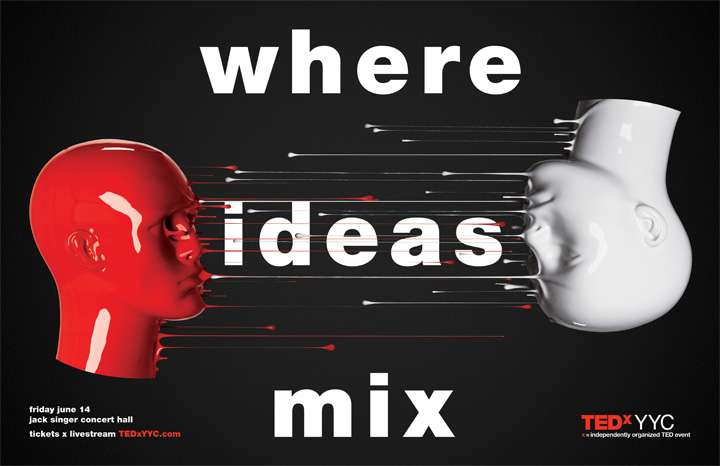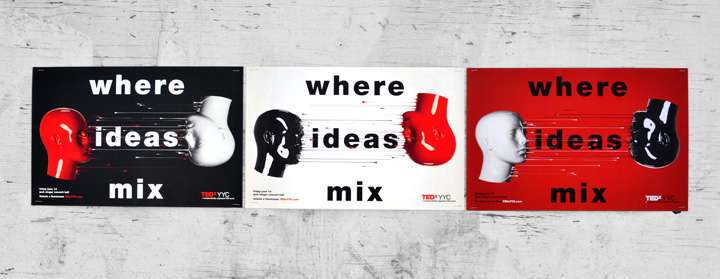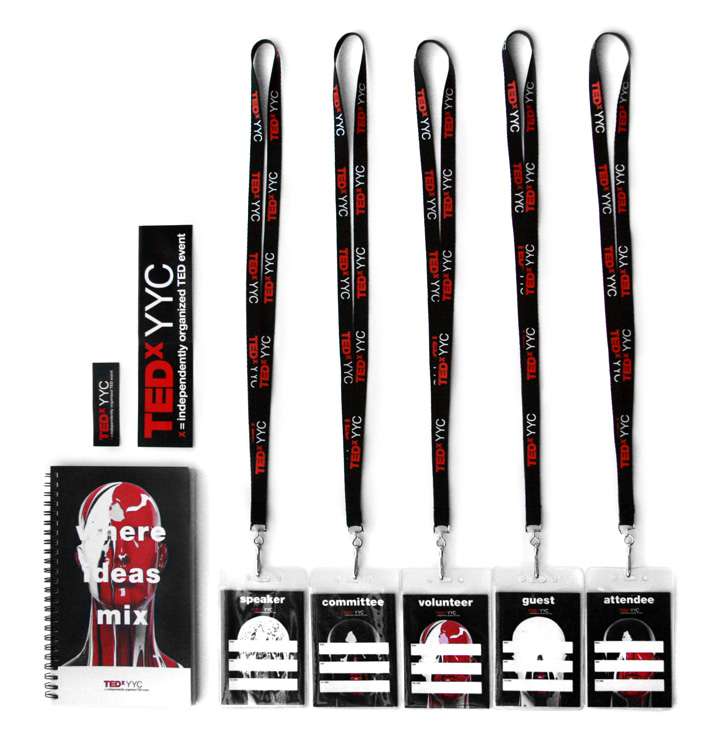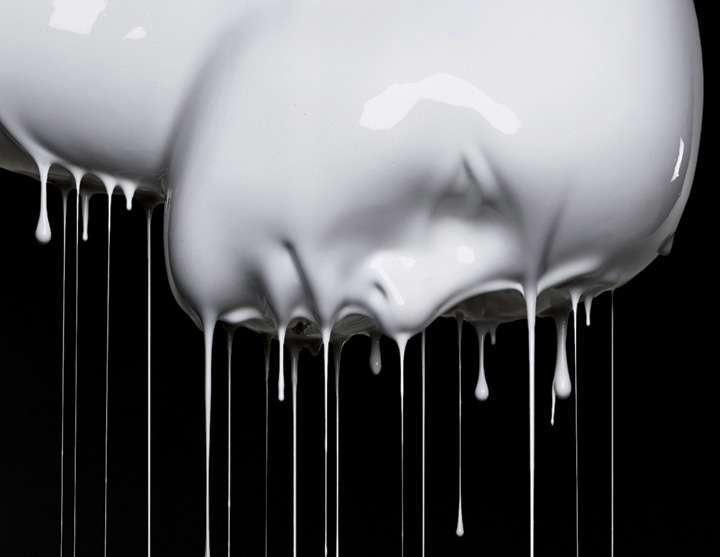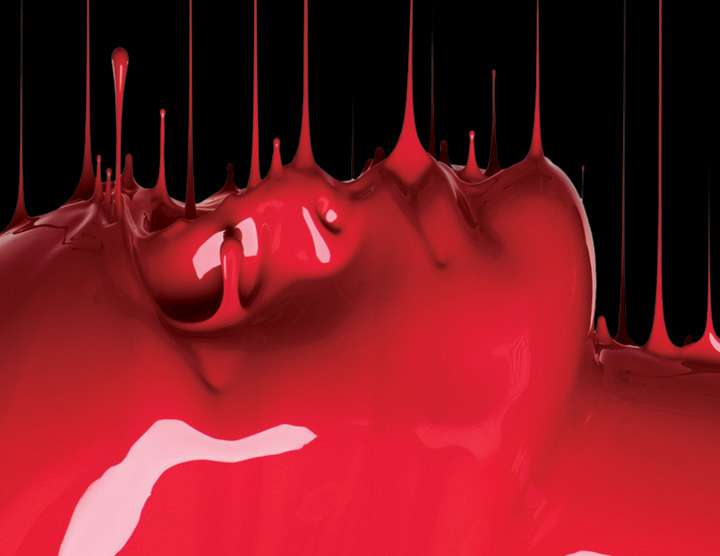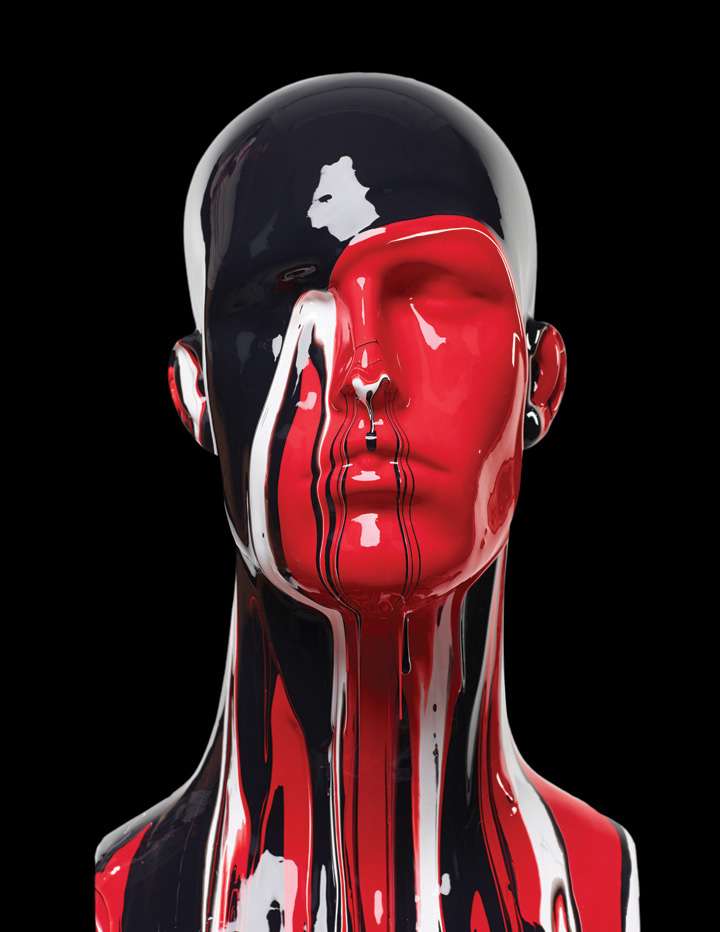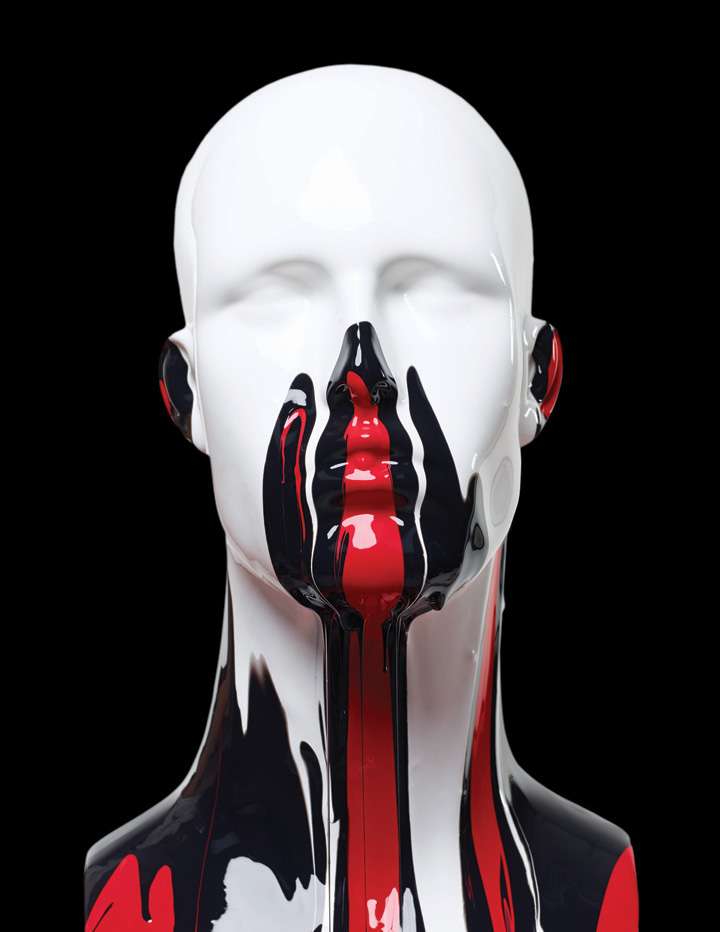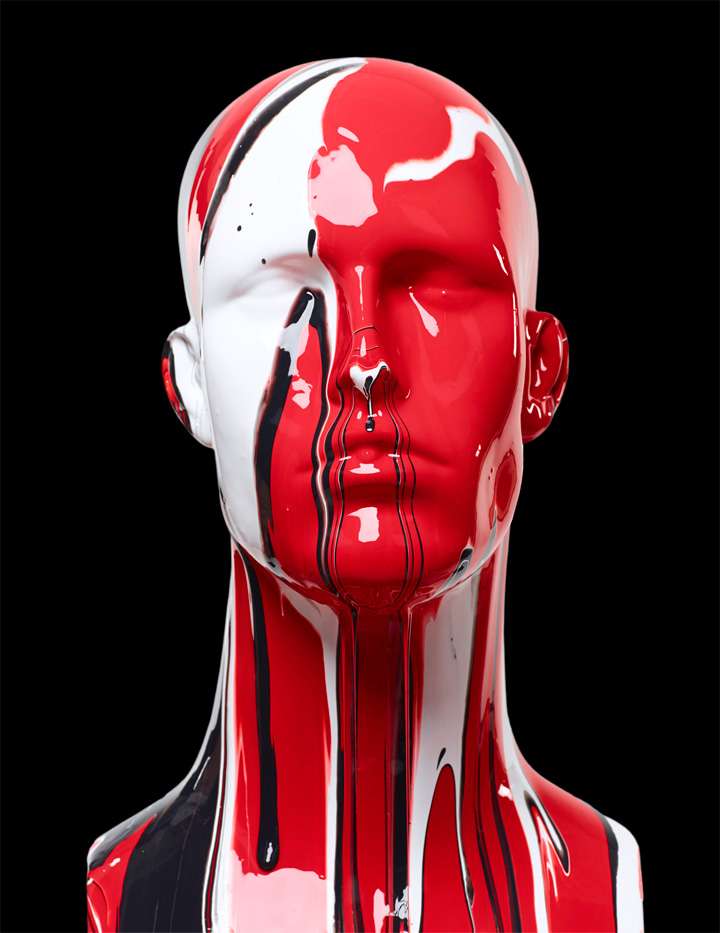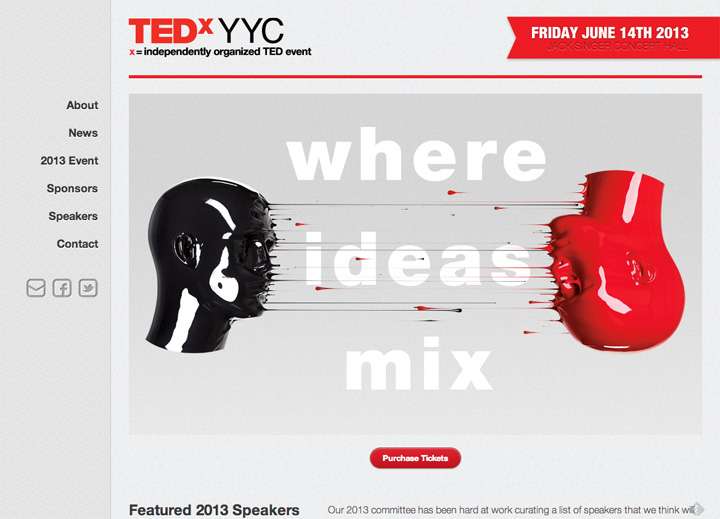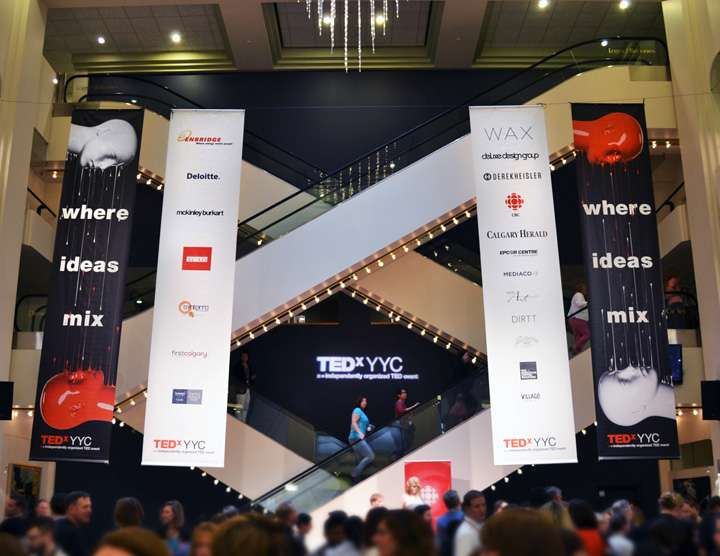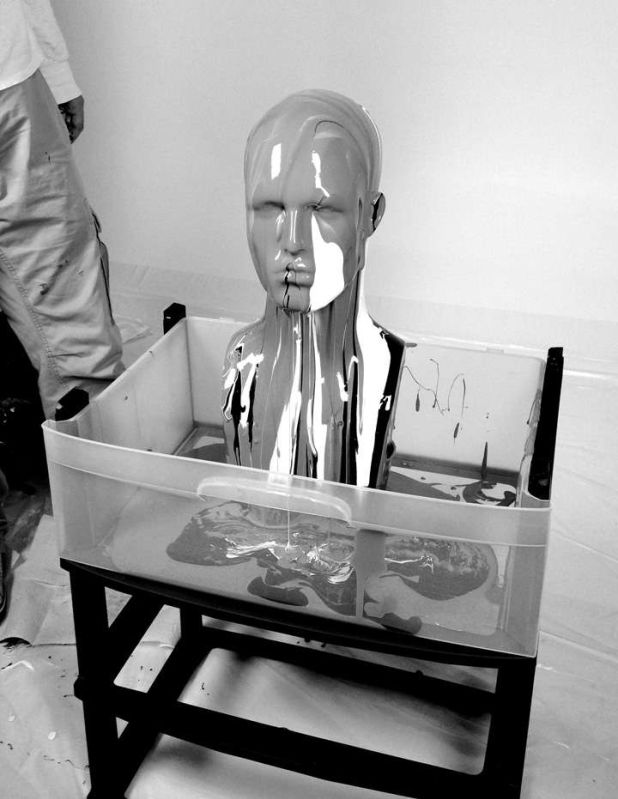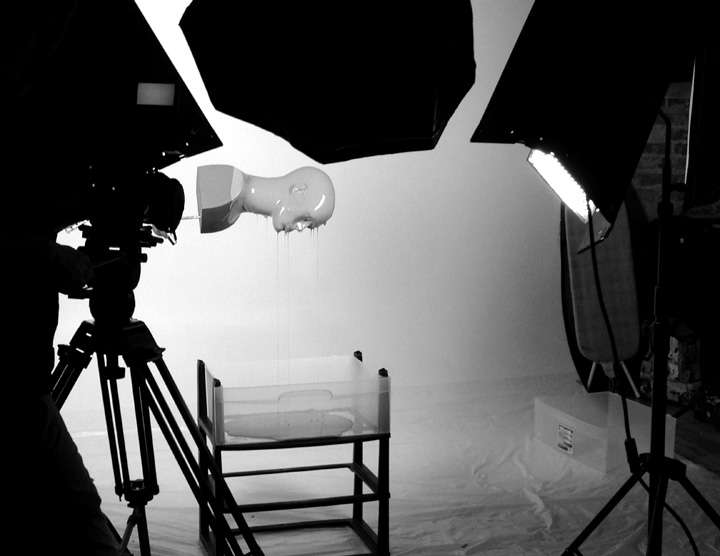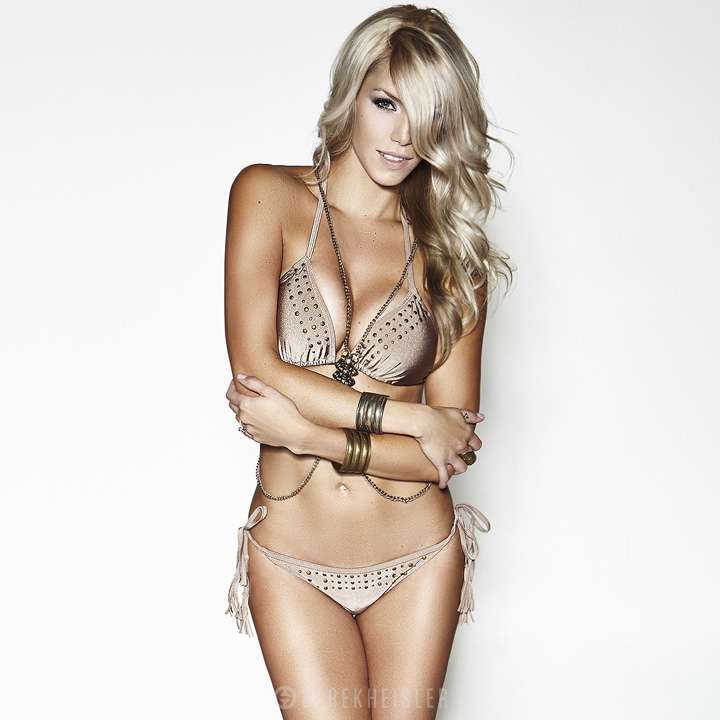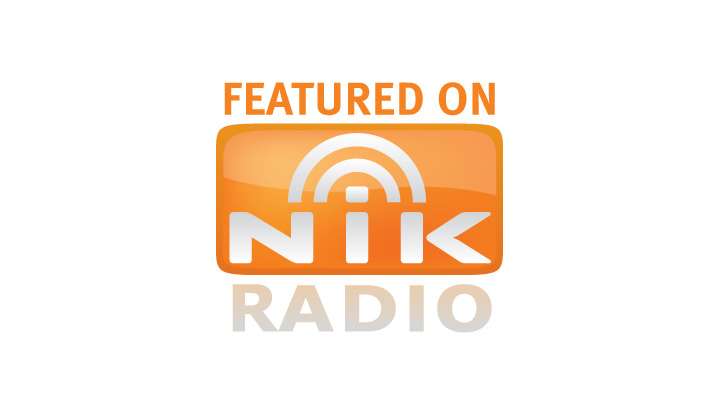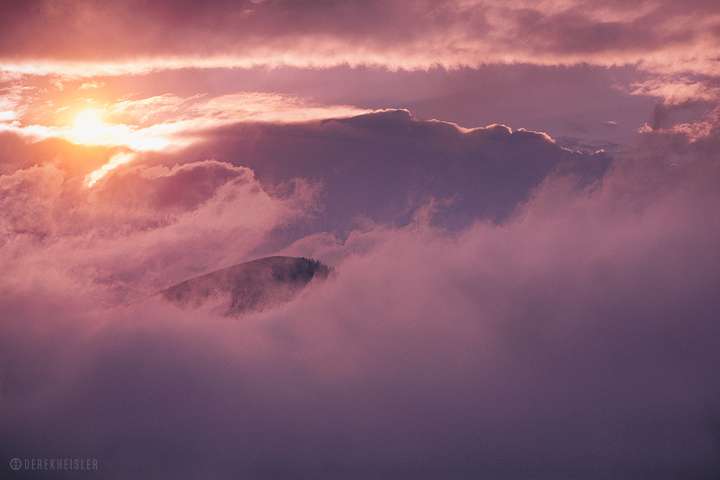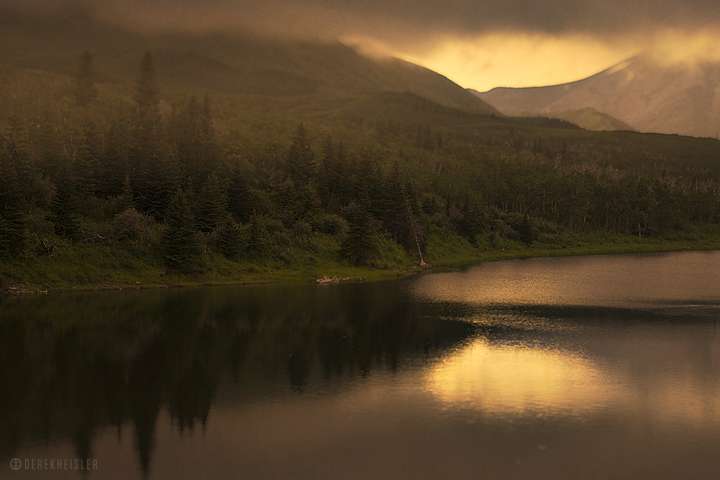Surprises are never fun for a client, so education from the get go is key.
So how much does a commercial shoot cost? Well there are many factors to keep in mind, but let’s keep it simple and break the costs into two categories.
- Production Costs
- Creative Fee + Commercial Licensing Fees
Production costs are easily described as the cost to CREATE the image, where Commercial Licensing Fees are the cost to USE the image.
What are Production Costs?
These are the hard costs to create the image. They are very project specific but can include;
- Makeup and Hair professionals
- Wardrobe Stylist (if anything custom is required then you’ll need a designer and creator of that)
- Studio Rental
- Gear Rental (lighting, computer, camera equipment, etc.)
- Assistant(s)
- Set Design and building
- Talent (models, if they are agency represented they will also have a licensing fee)
- Travel
- Craft Services (basically food and drink on set)
- Permits (if on location)
- Location/Studio insurance
- Producer fees (typically on large jobs where details are important)
- Pre-production meetings (sitting down with the photographer to help plan out the shoot)\
- Location Scouting
- Digital fees (typically the creation of contact sheets for image selection), and
- Post Production costs (retouching of skin, colour grading, any compositing and finishing work required. This is often overlooked and requires a substantial amount of effort to complete properly)
This list could be simple or it could be complex, again it really falls on the requirements of the job. It’s worth noting that I have had some clients take on provisions (basically they take on one or more of these items at their cost as they might be able to execute some items more cost effectively).
Having a creative brief can help in determining what their costs are. Don’t be afraid to share your ideas and budget. It’s important to be forthcoming with your available budget, it gives the photographer a frame of mind to work in. If the job is strapped for funds, some of the list above will be done by the client to save money (or some items are just removed all together.) Without knowing a client’s budget, it can be difficult to price realistically. There is nothing wrong with coming to a photographer to get an idea of what it would cost for your idea to be executed in its entirety, but keep in mind that budget will often be much higher than you may anticipate because no budget ceiling was mentioned. It’s not because the photographer wants to charge a lot of money, it’s because they are always striving to create the best work possible. Thus the best trades people and sets help in achieving that which inherently increases production costs.
What is the Photographers Creative Fee?
This fee is the cost for the photographer to complete the project. It has many factors that range from experience to complexity of the job, to duration of the shoot (how many days), how logistically complex the project is, etc.
What is the Commercial Licensing Fee?
As stated above: Production cost are easily described as the cost to CREATE the image, where Commercial Licensing Fees are the cost to USE the image. Why must a client license images after they’ve paid for them to be created?
The PPA has a few great points to about copyright:
- Copyright is a property right
- Just because you buy a print does not mean you have purchased the copyright
- Professional photographers are the smallest of small copyright holders
- Under the Federal Copyright Act of 1976, photographs are protected by copyright from the moment of creation
- Photographers have the exclusive right to reproduce their photographs (right to control the making of copies.)
- Unless you have permission from the photographer, you cannot copy, distribute (no scanning and sending them to others), publicly display (no putting them online), or create derivative works from photographs
- A photographer can easily create over 20,000 separate pieces of intellectual property annually
- Professional photographers are dependent on their ability to control the reproduction of the photographs they create
- It affects their income and the livelihood of their families
- Even small levels of infringement—copying a photo without permission—can have a devastating impact on a photographer’s ability to make a living
- Copyright infringements—reproducing photos without permission—can result in civil and criminal penalties
Now that we’ve gone over the basics of copyright, licensing an image is the act in which a photographer allows an image to be used commercially in exchange for a fee. This would be the same as a musician would receiving royalties every time their song is played during a TV spot. The same applies to the use of imagery.
What constitutes Commercial use? Basically, it is if an image is used to promote a brand or product even via association. If you post an image on say your company’s blog but it’s not directly about your product it’s still considered commercial use as its being used to promote your company’s brand.
So, what does it cost to license imagery?
That’s a great question and at first it will seem very complicated for a client. It’s very specific to your needs. Most clients want an “all you can eat license” (we call it a buyout), this gives them the freedom to do whatever they want with the image. This can be very expensive and often considered overkill. I compare it to buying a brand-new car and using it for only one road trip and then driving it into the ditch and walking away from it. So, photographers break up licensing into a few categories to ensure affordability and to not go beyond what the client really needs. Luckily as photographers we don’t actually “make up” these numbers. There are many tools out there for pricing that reflect the current industry rates. Software estimating tools like Blinkbid, or Fotoquote are renowned, and commonplace.
If you are a client looking to get an idea of the cost to license an upcoming project here’s a great tool from Getty Images.
Let's go through an example together



















































































































